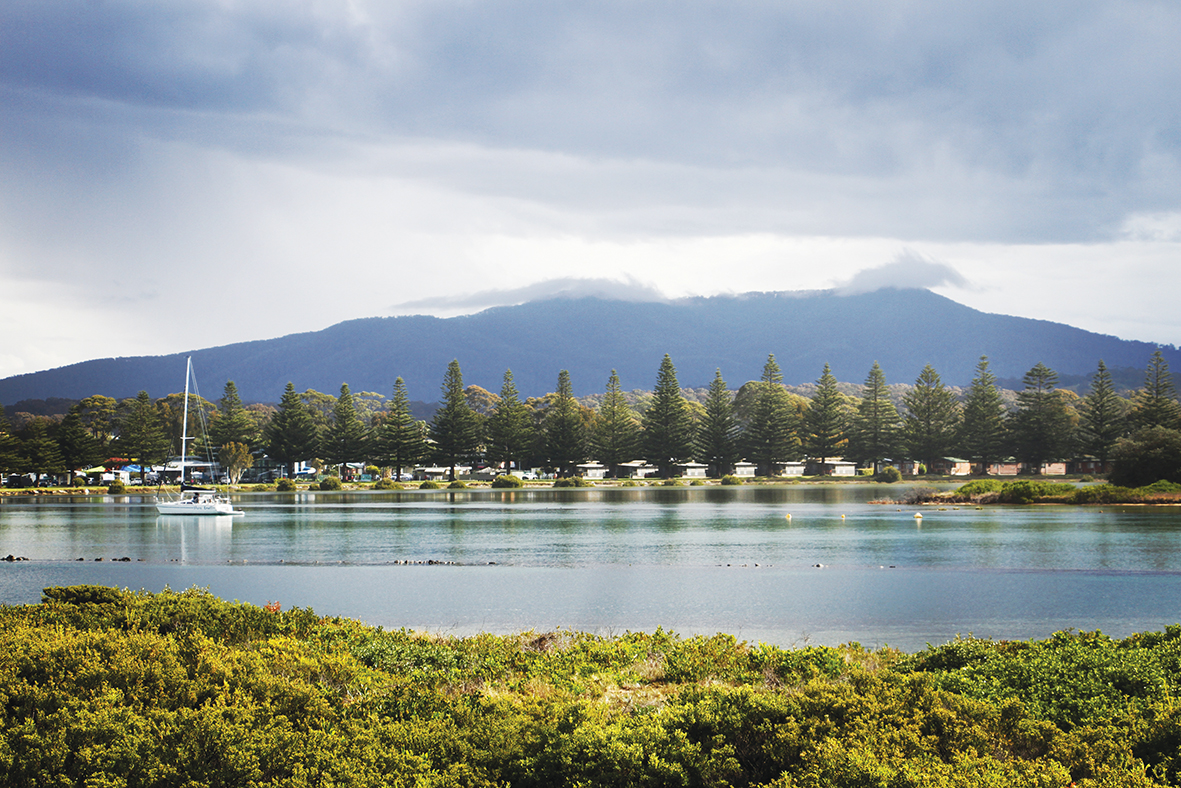Surrounded by the stunning beaches, rugged cliffs, and crystal-clear waters of Beowa National Park lies the township of Eden – a natural paradise waiting to be explored.
Eden has come alive in recent years with beautifully restored historic buildings, world-class mountain biking trails, and a busy cruise port attracting visitors far and wide. It has various accommodation options, including hotels, motels, holiday parks, and camping grounds. There are also several dining establishments, cafés, and shops that offer something for everyone.
Eden is one of the few places in the world where humpback whales feed on their migratory route, and with other whale species travelling close to shore, it’s the perfect place to go whale-watching. Between May and November every year, these majestic creatures can be seen along the shoreline as they cruise along the ‘humpback highway’. Eden’s annual Whale Festival, held in October, will combine whale-watching experiences with on-shore activities celebrating these magnificent creatures.
Delve into Eden’s history at the Eden Killer Whale Museum. The Museum on Imlay Street provides a fascinating insight into the whaling era and the relationship between killer whales and local whalers. The Museum is home to the skeleton of Eden’s famous killer whale, ‘Old Tom’. ‘Old Tom’ was crucial to an extraordinary collaboration between humans and killer whales.
The best up-to-date information about the town can be found at the award-winning Visitor Information Centre inside the Eden Welcome Centre at Snug Cove. The Centre celebrates the history and storytelling of the Thaua people, maritime history, wildlife and the region’s key industries.
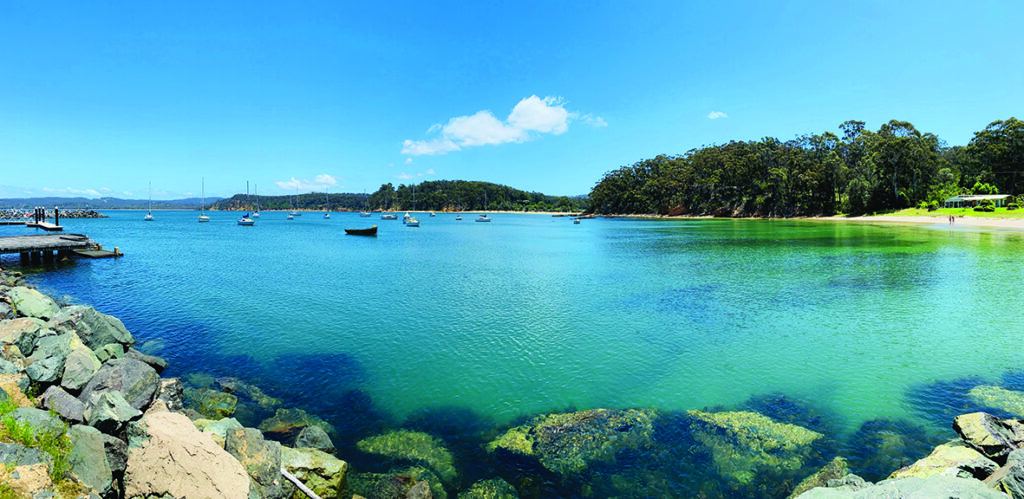
For thousands of years, the Pambula River floodplain was a source of food and materials for the Thaua people of the Yuin nation.
Europeans first explored the region during George Bass’s southern voyage of 1797; the National Parks and Wildlife Service has erected a marker on this historic site.
After severe flooding forced the township to relocate to its current location in the 1860s, Pambula has grown from a small European settlement to a bustling tourist hot spot. The village is home to an eclectic mix of businesses, including art galleries, cafés, restaurants, retailers, organic and bulk food shops, and even an old-fashioned milk bar and vintage tea room. The town’s historic past is still in evidence, with beautifully restored and maintained historic buildings and farmhouses.
Panboola is located at the southern end of Pambula, and is a wonderful example of a community-led environmental restoration project. With hundreds of native trees, shrubs, etc., planted, Panboola has transformed grazing paddocks into a thriving wetland area with several walking tracks to explore.
Pambula Beach has an excellent swimming beach patrolled by the Pambula Surf Life Saving Club. Follow the river inland to find a walking track with viewing platforms offering beautiful views of the cliffs opposite and the crystal clear water below.
Head south on the Princes Highway, stop by Longstocking Brewery, located at the Oaklands site, and try a cocktail or craft beer paired perfectly with a wood-fired pizza. Heading further south, turn left to Pambula Lake – the operational base for several oyster growers. Stop in at Broadwater Oysters for delicious, freshly-shucked oysters grown in the clean waters of Pambula Lake.

Merimbula is a welcoming seaside town, with its beautiful beaches, lakeside restaurants and cafés, great shopping, playgrounds and an array of attractions and accommodations.
Merimbula Airport’s runway has been upgraded, allowing more airlines with larger planes to access the region. Scenic flights operate from Merimbula Airport and are the best way to see the far south coast.
Merimbula is a great place to go shopping, with locally owned shops lining the main street and tucked away in arcades and courtyards. Check out the latest fashion trends at one of the many boutiques – there are many choices for the whole family.
There’s an abundance of cafés serving excellent coffee, delicious ice cream and restaurants featuring fresh local seafood, locally-grown produce and vegetarian/vegan options.
Check out the walking tracks from the Wharf to Spencer Park and from the Bridge to Top Lake for spectacular water views.
Merimbula is a great place to holiday and is the perfect base for exploring the many towns and villages of the far south coast, including Tathra, Kalaru, and Tura Beach.

When thinking of Bega, one word comes to mind – Cheese!!
Bega is famous for its cheese – the Bega Cheese Co-op is one of Australia’s leading manufacturers of dairy products, exporting more than $1.2 billion worth of products annually.
The town has a rich history, with many historic buildings and landmarks, including the Bega Court House and the Bega War Memorial. Delve deeper into the history of Bega by visiting the Bega Pioneers Museum. The Bega Valley Historical Society manages the museum and houses the largest pioneer portrait gallery in NSW.
Take a walk along the Bega River Walungari Trail. The track takes you from town, down along the Bega River and through several recreation areas.
Bega is an art lovers’ haven with several galleries hosting exhibitions and displaying the creative works of emerging and established local artists.
A popular stop between the south coast and the Snowy Monaro, Bemboka is known as the Village in a Valley.
Situated at the base of the Brown Mountain, Bemboka has always been a great spot to stop for a snack or drink, no matter what direction you are travelling in.
Bemboka has a strong dairying history. The first settlers arrived in 1871 and the town boasted a number of butter factories at various stages.
The village received its first telegraph from the Brown Mountain telegraph station in 1885.
The village pioneers have been honoured with a pioneer walk in the town park.
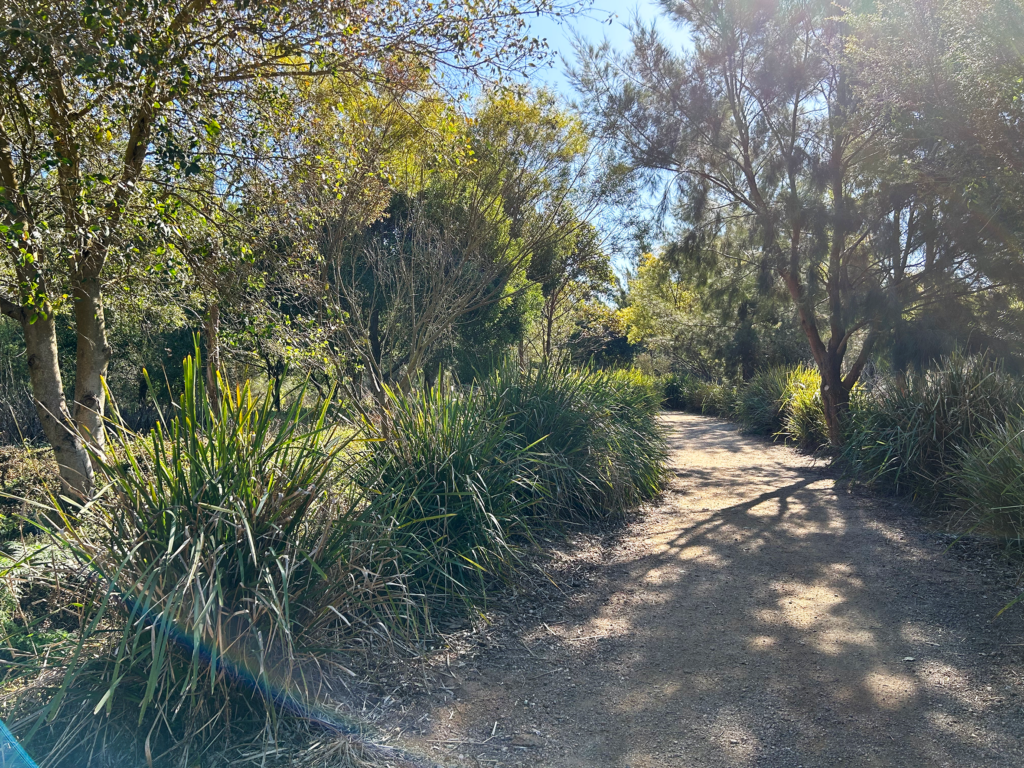
Cobargo is located half an hour north of Bega, amid green pastures rolling away to regenerating forested hills. The village was established during the 1870s around the butter and cheese-making industries.
In the 1860s, Cobargo was known as Wattletown, as bark stripped from local wattle trees were shipped to Sydney and Melbourne for use in the tanning industry. A Butter Factory and Co-op were established in 1901 and continued production until 1980 when it closed due to changes in bulk milk production.
The Cobargo District Museum Inc. is a treasure trove of local history, where you’ll find items from the past, including photos, machinery, clothing and tools. The volunteers are happy to assist anyone researching a local family connection.
Every year hundreds of festival-goers flock to Cobargo for the Cobargo Folk Festival. The festival is an eclectic mix of local and national performing artists. Established in 1996, it has become one of Australia’s best-loved village festivals.
Cobargo businesses that lost their premises in the 2019/2020 Black Summer bushfires have a new home at the Cobargo Innovation Hub.

Pristine beaches, lakes and bushland surround Bermagui. Water activities, including surfing, swimming, snorkelling, boating, kayaking, SUP and fishing charters, are all available in this picturesque town.
If you’d prefer to stick to the shore, throw in a line from the beach, rocks or along the Bermagui River.
Take advantage of a swim in the beautiful Blue Pool, set on the ocean’s edge at the base of the cliffs off Pacific Drive. It’s rated in the top 10% of worldwide attractions.
Try out the 18 hole golf course, hit a ball around the tennis courts or play bowls or croquet at the Bermagui Country Club.
Bermagui has its very own Art Trail which include Bermagui Mudworks and Grimm-Hewitt Studio/Gallery, both of which are located just south of town. Grimm-Hewitt Studio/Gallery is open by appointment only.
Take a stroll through the Fishermen’s Wharf complex, with its retail outlets, galleries, restaurants and cafés and watch the boats coming in and out of the marina.
Close to Bermagui, Wallaga Lake is one of the largest coastal lakes in NSW, an area of outstanding natural beauty with special significance for Yuin people.
Montreal Goldfield at Wallaga Lake is Australia’s only Goldfield that goes to the sea, and has guided tours. After exploring the Goldfield you can stop by Camel Rock Brewery for a refreshing beverage and delicious meal.

Set amongst rolling green hills along the base of Gulaga Mountain (often called Mount Dromedary), you’ll find the historic villages of Tilba Tilba and Central Tilba.
Dairy farmers started flocking to the Tilba areas in the 1800’s. The rich volcanic soil around the mountain created the perfect conditions for farming. When gold was discovered in the area, a boom hit the villages until the late 1900’s.
In the 1970s, the National Trust classified the Tilba District as a place of historic and special aesthetic significance and established the Tilba Conservation Area.
Today, Central Tilba is best known for its unique selection of shops lining the main street, including the old-fashioned lolly shop and Tilba Leather store.
The Dromedary Hotel is a must for pubgoers, with a selection of cold drinks and delicious meals on offer. Head to Tilba Valley Wine & Ale House, enjoy live music (check the website for times), and relax in the tranquil bush setting.
Are you feeling energetic? Why not try the Gulaga Mountain track walk? This 14km trail takes you up the mountain along the path originally built for the gold miners. Gulaga Mountain is known as Mother Mountain by the Yuin people and is a site of great spiritual significance to the land’s traditional owners.
The Bellbrook Farm loop walk is a 2km scenic walk along the mountain’s base. The loop is a great way to take in the views of the lush landscape.
Visit www.tilba.com.au to find out more about Tilba.

Nestled between the ocean and the stunning blue-green waters of Wagonga Inlet is the town of Narooma. The town is renowned for its relaxed atmosphere, natural beauty, and delicious oysters.
Montague Island, also known as Barunguba, is located along the Narooma coastline. The island is home to a large colony of fur seals and various seabird species. It holds great cultural significance for the local Yuin people, with several important sites spread across the island. Visitors can enjoy guided tours, snorkeling, and diving in the surrounding waters.
Narooma boasts several beautiful beaches, including Narooma Bar Beach and Handkerchief Beach. Just a short drive away, Kianga and Dalmeny offer breathtaking scenery and magnificent beaches. Kianga Beach is popular among surfers and windsurfers, while Dalmeny Beach is perfect for swimming, surfing, and paddleboarding.
There are numerous walking and cycling tracks around Narooma, including the Narooma-Dalmeny Coast Ride, listed as one of the Top 3 bike rides in NSW by Australian Geographic’s guidebook, “Australia’s Best 100 Bike Rides.”
When visiting Narooma, don’t miss the iconic Australia Rock and Glasshouse Rocks. Australia Rock was formed through thousands of years of erosion, or according to local lore, from the mooring of a boat with heavy metal chains, which caused the hole to form its distinctive shape.
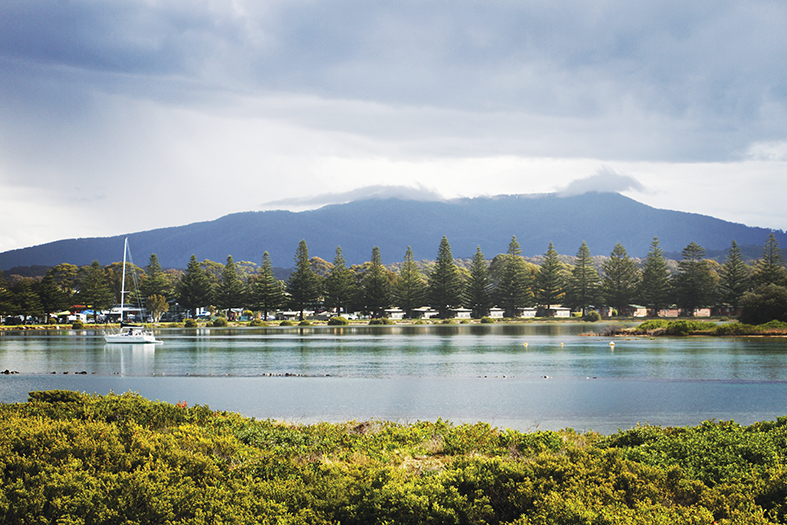
BELOVED BODALLA
Bodalla is a delightful village located along the highway, a short drive away from Narooma and Tuross Head. It was established in the 1860s due to dairy farming and cheese production. Australia’s first commercial cheese and first cheese exports were made in Bodalla.
The picturesque All Saints Church is a prominent landmark in the village. The church, built in a Gothic style, was designed by colonial architect Edmund Blacket.
If you stroll up the street from the church, you will find Artisans Nest, a gallery run by local artists and craftspeople. The gallery has an extensive collection of hand-made jewellery, beautiful clothing, art, and leather goods. The nearby Bodalla Pub, established in 1875, has been voted the “Best Pub in Bodalla” and hosts regular music sessions, serving delicious meals in a friendly atmosphere. Bodalla also boasts several specialty stores, two nurseries, a bakery, and cafes.
If you take a nine-kilometre drive from Bodalla, you will reach the quiet hamlet of Potato Point. The region is well-known for its stunning beaches and is one of the best places on the south coast to spot wild emus. You can spend the day swimming, surfing, or relaxing on the white sands.
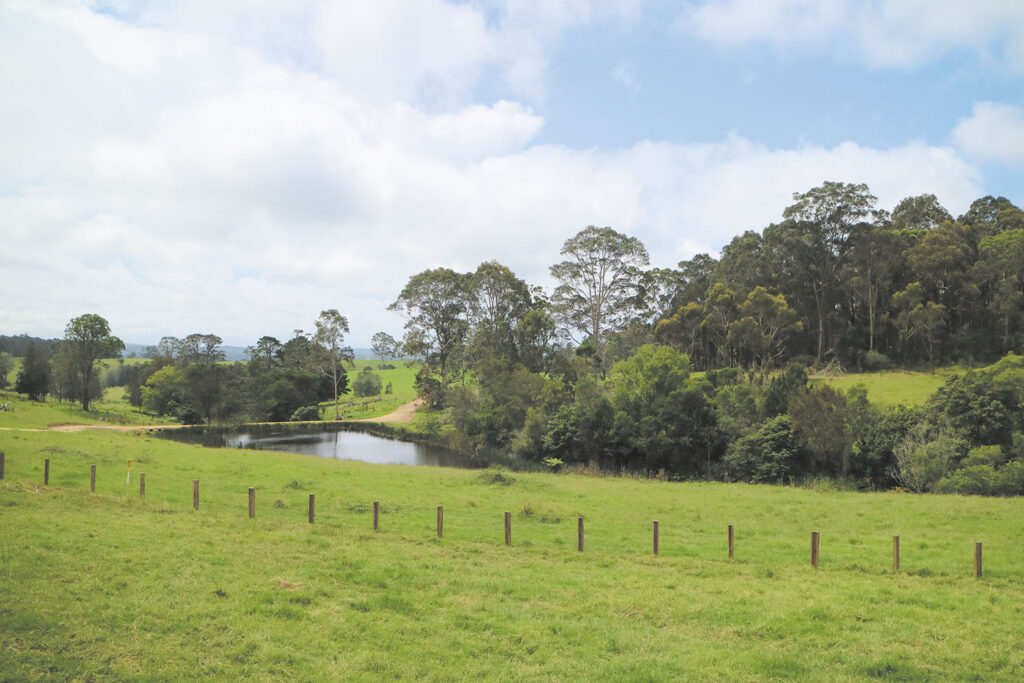
Moruya is one of the largest towns in the Eurobodalla Shire and is situated on the banks of the Moruya River, just a few kilometres inland from the coast.
Moruya is known for its rich history, this includes supplying granite used to build the Sydney Harbour Bridge in the 1920’s. The town was founded in the mid-19th century and has a number of historic buildings.
The Moruya River is a popular spot for fishing, boating, and kayaking.
Visit the Historic Quarry Park, located along the river, to learn more about the history of the area, take a walk along the boardwalk, have a picnic or try your luck at fishing.
Scenic flights are available at Moruya Airport and for the thrill-seekers, skydiving!
Take a 5-minute dive to Moruya Heads and visit the lookout. Why not pack a picnic and spend the day at Shelly Beach? Shelly Beach is a great spot for surfing, fishing and a great place to stretch your legs.
There are many walking tracks in the area including the Binji Dreaming Track, which wanders through Congo to Tuross Head. The 14km scenic walk follows in the footsteps of the Brinja-Yuin people.
Moruya is home to a variety of stores, coffee shops, restaurants and the famous Moruya Country Markets. The markets are held on Saturdays and offer a wide range of fresh produce, local arts, crafts, and other specialty goods.
Art lovers need to visit The Basil Sellers Exhibition Centre. The BAS (as its more commonly known) is the Eurobodalla’s first purpose-built exhibition and arts space which adjoins the Moruya Library. The BAS showcases local and touring exhibitions as well as providing a diverse range of arts programming.
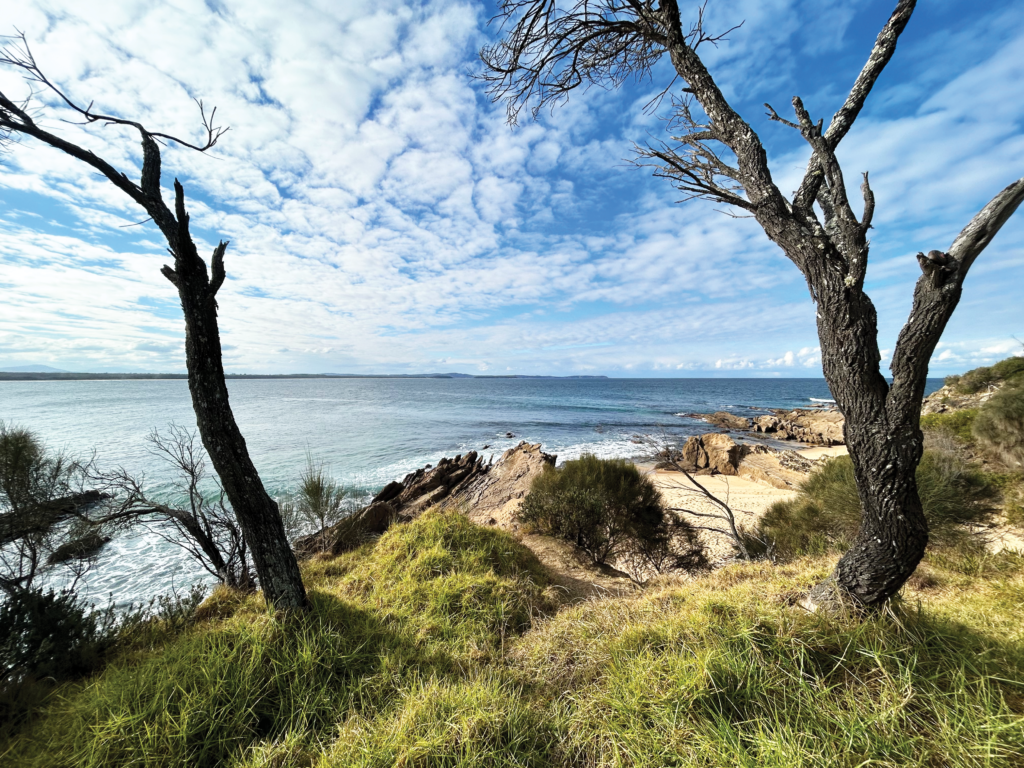
The village of Mogo was established after the discovery of gold in the early 1850’s.
In the early days, Mogo was a thriving town of hotels, shops and churches.
Today, Mogo is known for its great range of specialty stores.
There are potteries, galleries, antique stores, nurseries and cafés, many of which specialise in unusual and interesting items.
The jewellery studio, Juela Mogo, is renowned for creating unique jewellery pieces on-site and stocks an exclusive range of jewellery from Australian and international designers.
Amanda’s of Mogo is an art and craft supply store every artist dreams about. Amanda’s has all the crafting supplies needed to create a masterpiece.
Antique and collectables stores, including Mogo Collective, are treasure troves filled with unique finds.
A major draw-card to the area is Mogo Wildlife Park. The park is open daily and is home to Australia’s most diverse collection of exotic wildlife.
If you take a five-minute drive north of Mogo, you can stop, unwind and reset at Eurobodalla Regional Botanic Gardens. Here you can tour the gardens, grab a bite at Mossy on Gardens Cafe and learn more about the area at the Information hub.
Take a drive along Tomakin Road and visit the stunning beaches near Tomakin, Mossy Point, Broulee and Malua Bay.
Stop by Guerilla Bay and take in the stunning views towards Batemans Bay from the Burrewarra Point Lookout viewing platform.
Visit www.visitmogo.com.au to learn more about Mogo.

Batemans Bay is the regional centre of the Eurobodalla and a major tourist destination that draws visitors from all over Australia for its natural beauty and city-like vibe with country-town values.
Situated on the banks of the magnificent Clyde River, water is deeply ingrained in the culture of ‘the Bay’. Swimming, boating, fishing, kayaking, surfing and diving are within easy reach of town.
The Batemans Bay Bridge is the latest addition to the town and has made a huge difference to traffic flow. A walking and bike track has been added to the bridge, connecting the northern suburbs to the city centre.
Stroll along the Murra Murra Mia walkway or grab the camera and set out along the Batemans Bay Sculpture Walk.
Batemans Bay is famous for its Clyde River oysters, and there are plenty of cafés, restaurants, hotels and clubs offering local seafood on the menu.
You can shop up a storm in the Bay, with two major shopping centres and specialty stores lining the main streets.
Take a ten minute drive out of town and you’ll find yourself in the sleepy hamlet of Batehaven. Here you’ll find a small shopping hub, cafés, takeaways and a huge playground designed for kids young and old. Continue along the road to Corrigans Cove, Sunshine Beach and Surf Beach – a local hot-spot and a great place to practice catching waves.
The Bay and its surrounding regions are great destinations for families, with its array of outdoor activities and attractions such as the animal park and the Bay Pavilions Art and Aquatic Centre.

